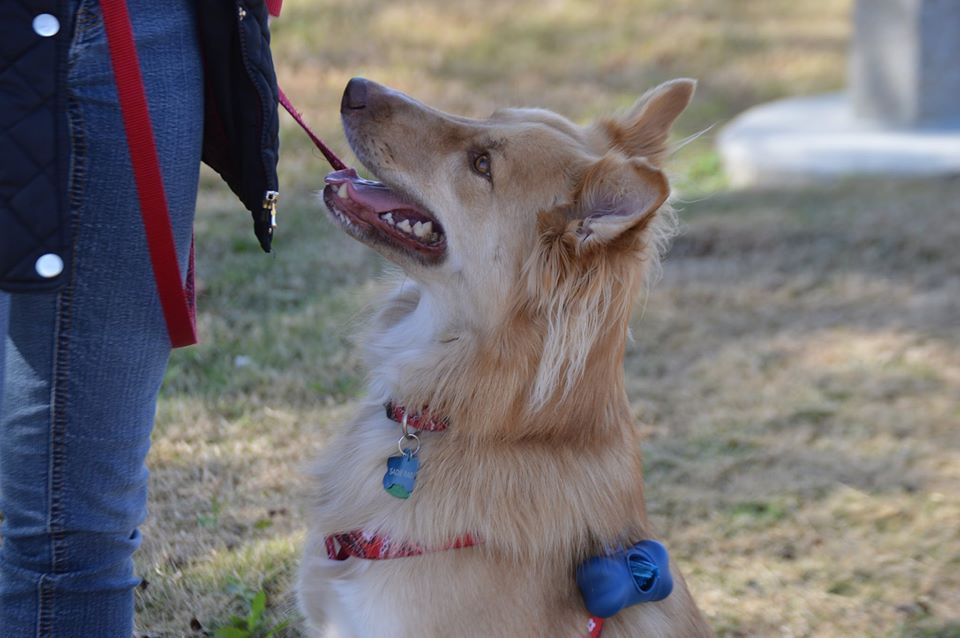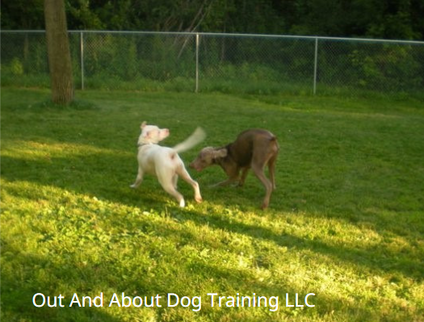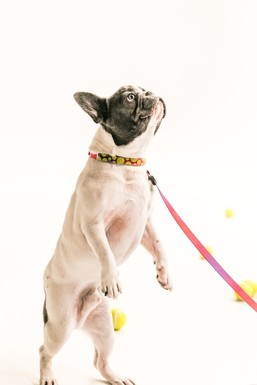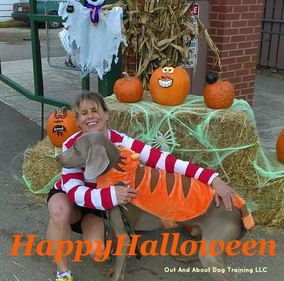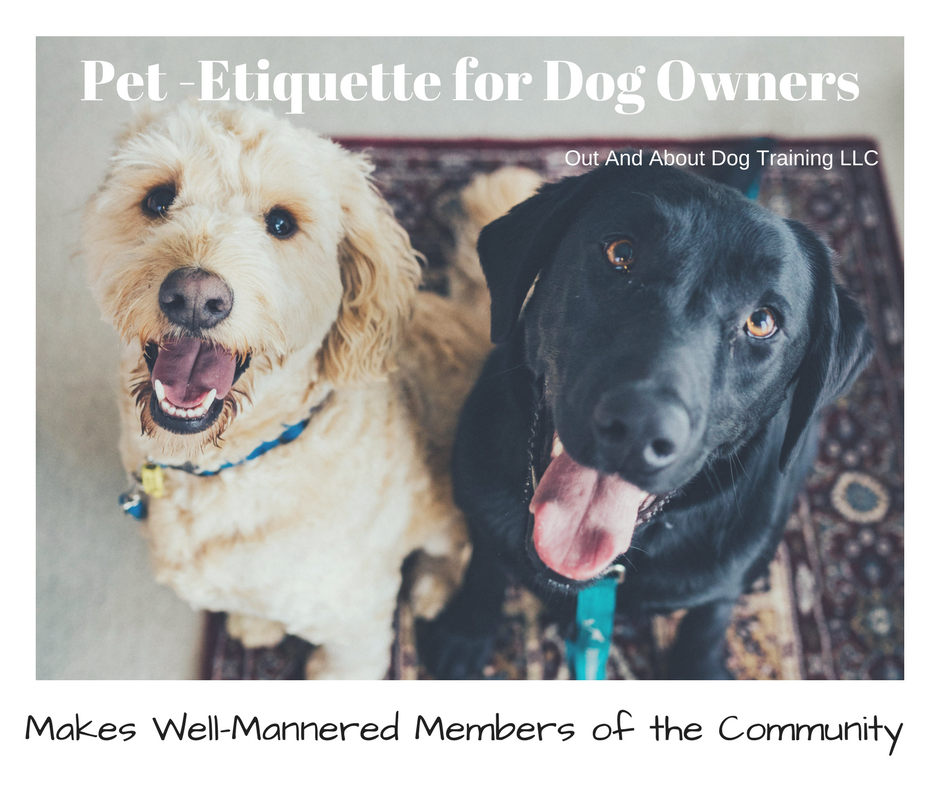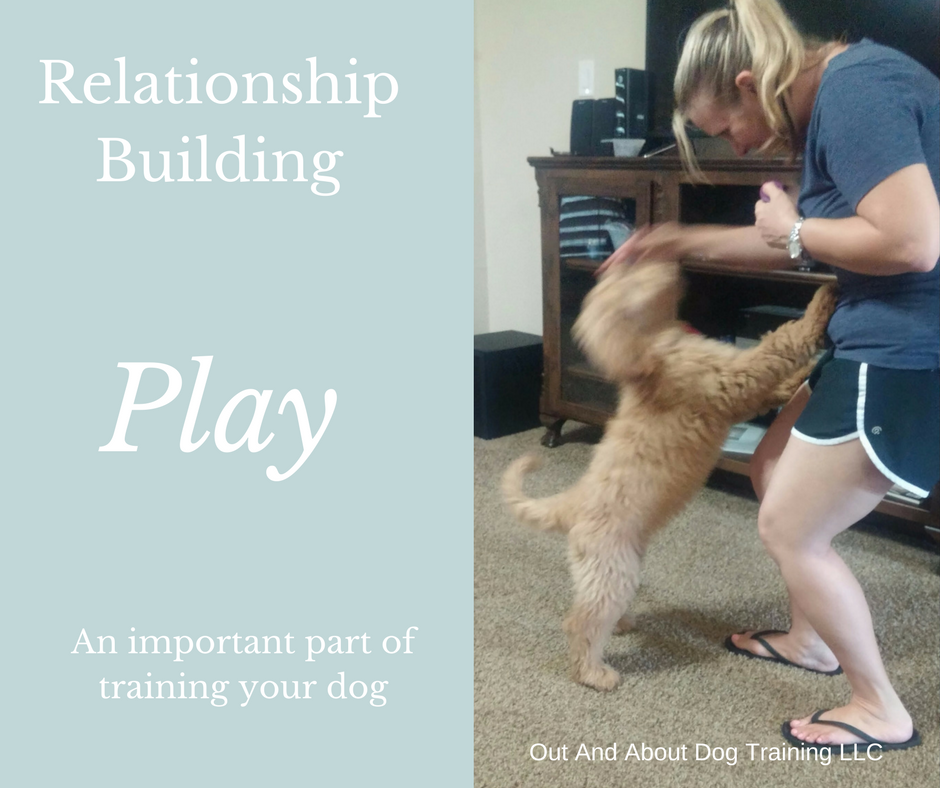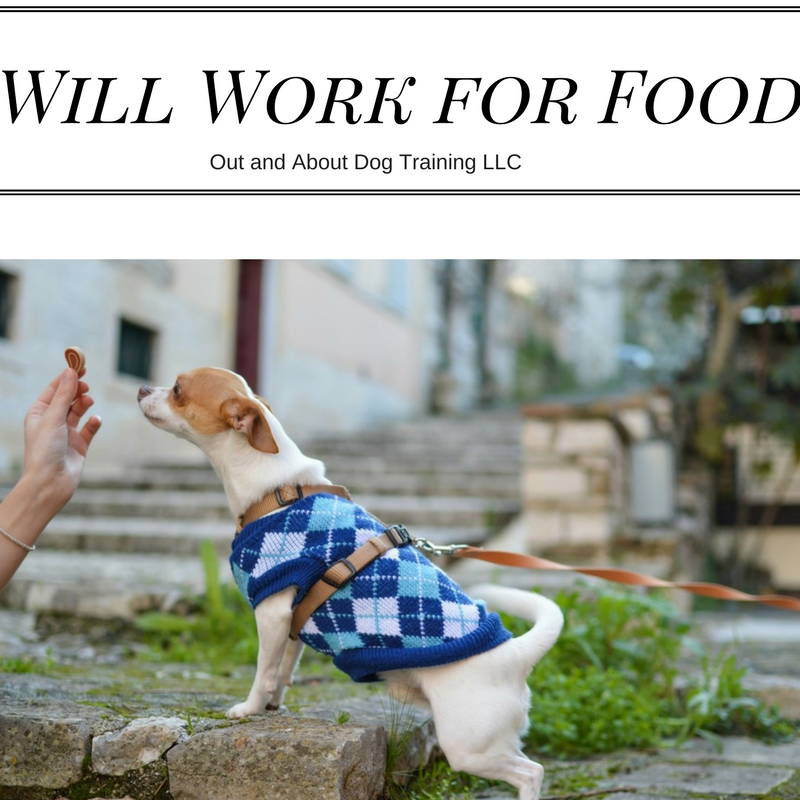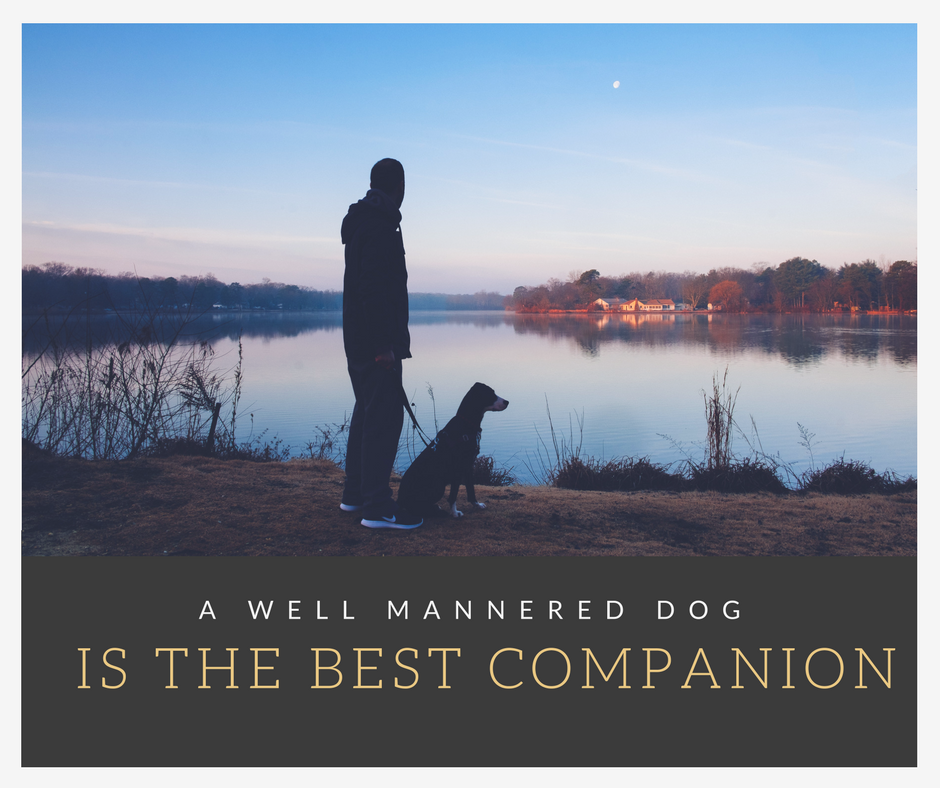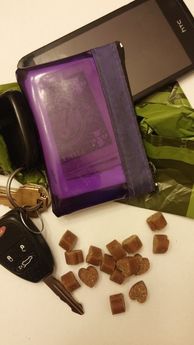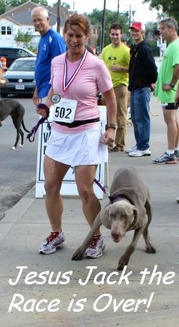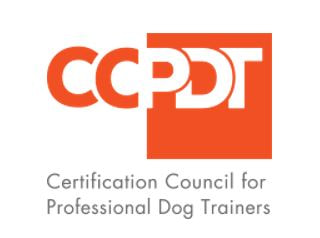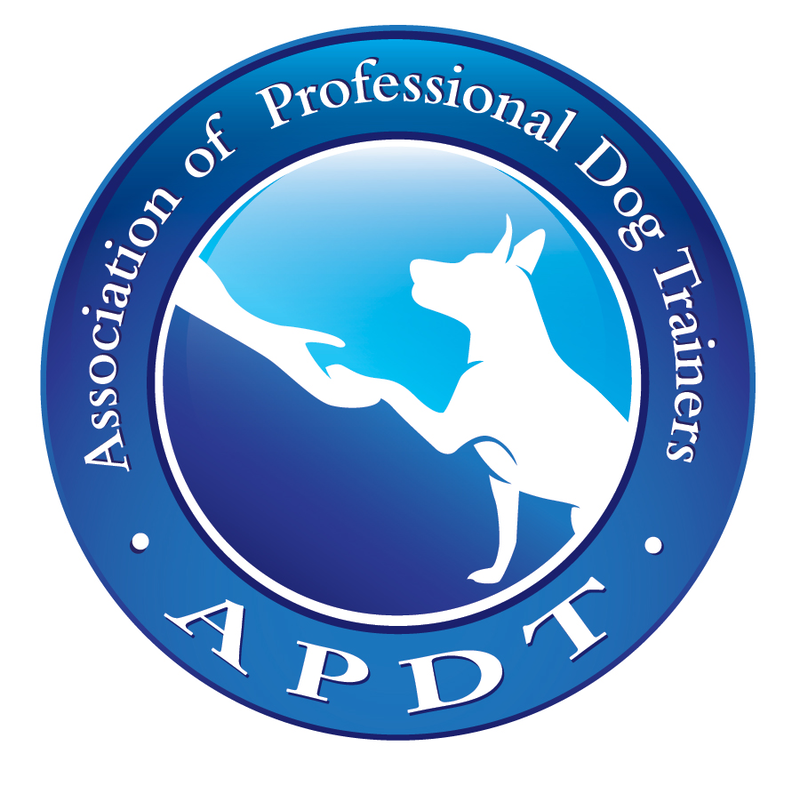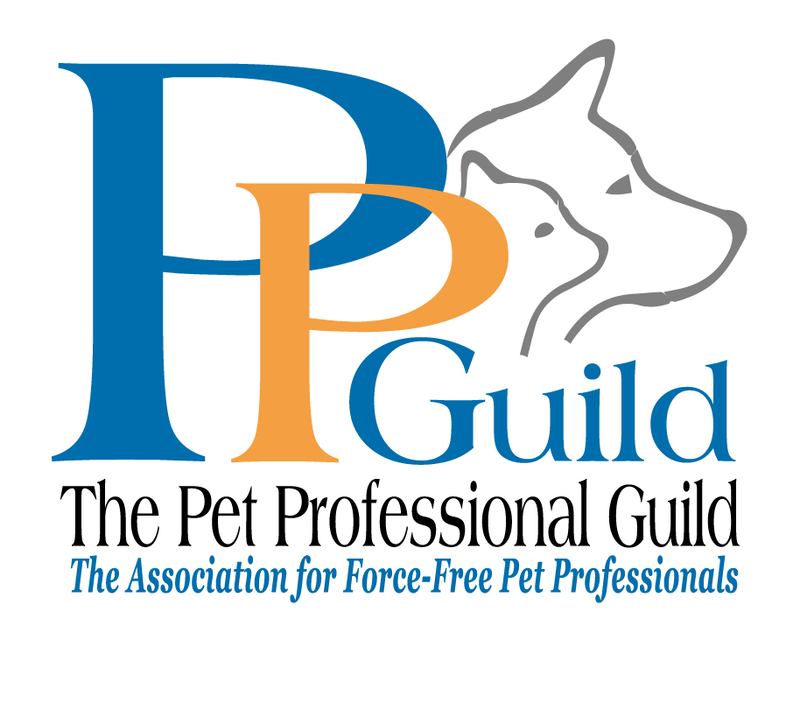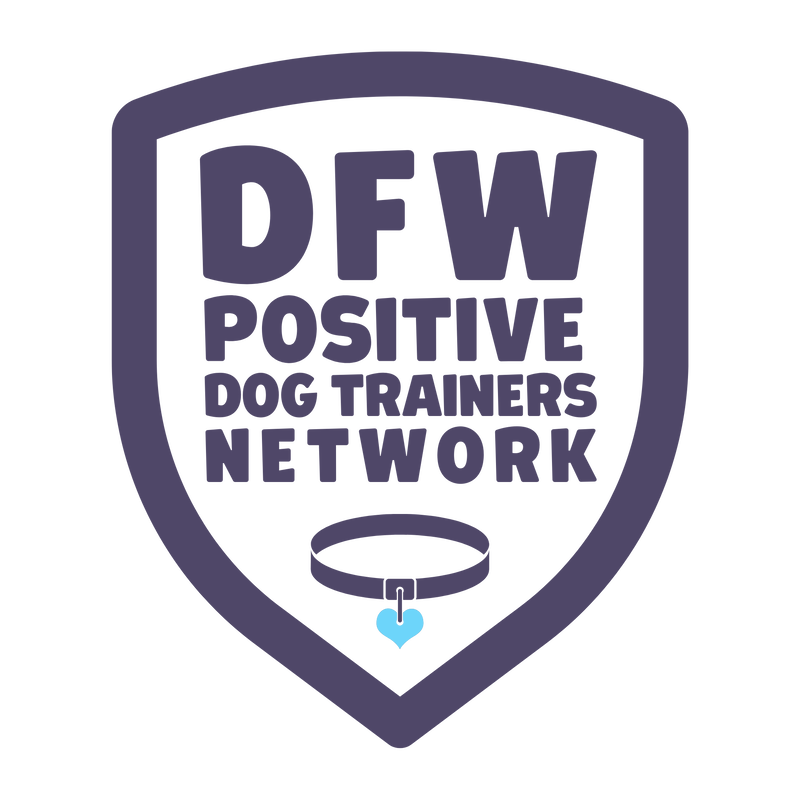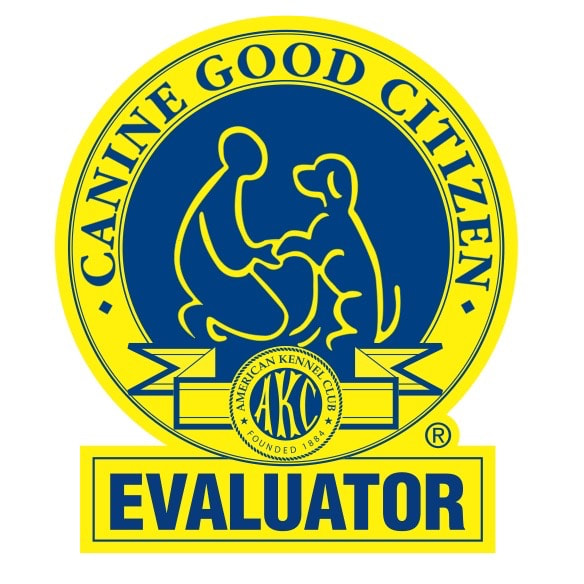Focus and Attention
Building the focus and attention of our dogs is the foundation on which learning can take happen. Without our dog’s attention, no teaching is likely to take place. They will be distracted on other things around them. Creating conversation opportunities between our dog’s and ourselves empowers everyone. It gives us confidence in our ability to communicate with our dog.
Getting your dog's attention
There are two types of attention behaviors:
The first requested attention or name recognition. We call our dog’s name, and they stop what they are doing and focus on us.
The second, automatic focus. This automatic behavior is voluntary, where our dog’s ‘check-in’ with us.
Requested Attention or Name RecognitionWe want to start in an environment where our dogs can easily give us their attention. At home in a quiet room is a great choice. As we progress our training, the environment can become more distracting. As always, we want to set our dog’s up for success at each stage of training. Have some tasty rewards ready in your hand. We want this to be fun for our dog’s try with ten rewards in the beginning. Rewards in hand we prepared to start:
Getting your dog's attention
There are two types of attention behaviors:
The first requested attention or name recognition. We call our dog’s name, and they stop what they are doing and focus on us.
The second, automatic focus. This automatic behavior is voluntary, where our dog’s ‘check-in’ with us.
Requested Attention or Name RecognitionWe want to start in an environment where our dogs can easily give us their attention. At home in a quiet room is a great choice. As we progress our training, the environment can become more distracting. As always, we want to set our dog’s up for success at each stage of training. Have some tasty rewards ready in your hand. We want this to be fun for our dog’s try with ten rewards in the beginning. Rewards in hand we prepared to start:
- Get’s your dog’s interest by showing them a reward.
- Roll the reward out to the side for them to follow.
- As soon, as they have finished eating it. Say your dog's name.
- When they look in your direction, use their ‘marker’.
- Then roll another reward out in a different direction.
- Repeat from number three until all ten rewards have been used and take a break.
- Initially, roll the treats out side to side. So your dog is always in front of you. Once, they have this stage. Start mixing it up — some out to the side, some behind you, some near and some far.
- If your dog starts to lose motivation to look at your quickly. Reduce the number of repetitions. If ten times is too many, try six or four. Your dog is an individual adjust the training to suit their stage. Build strong foundations first, then build more on top later.
- If your dog doesn’t respond, choose a more relaxed
- Have four tasty rewards in your hand
- Walk into the room where your dog is
- Stand still without looking directly at your dog
- When they look in your direction, use their marker
- Roll one of the rewards out in any direction
- Repeat from step three until you’ve used all four rewards
- As this is a voluntary behavior, we can straight away start using everywhere. Mark and reward whenever your dog chooses to ‘check in’ with you by looking at you.
- Start to use it when your dog would like to do something. For example, we are walking down the path, and our dog wants to sniff a tree. Stand still with your dog on the lead until they look at you. Use their marker for looking at you, then walk with your dog to the tree. It’s a ‘please can I’ and ‘of cause’ type conversation.
- Once we can have this conversation with our dogs. You’ll find it much more fluid when outdoors, even if the reply from you needs to be ‘no sorry’ on occasion. Try your best to keep it that the ‘of cause we can’ outweigh the ‘No sorry’s’.
